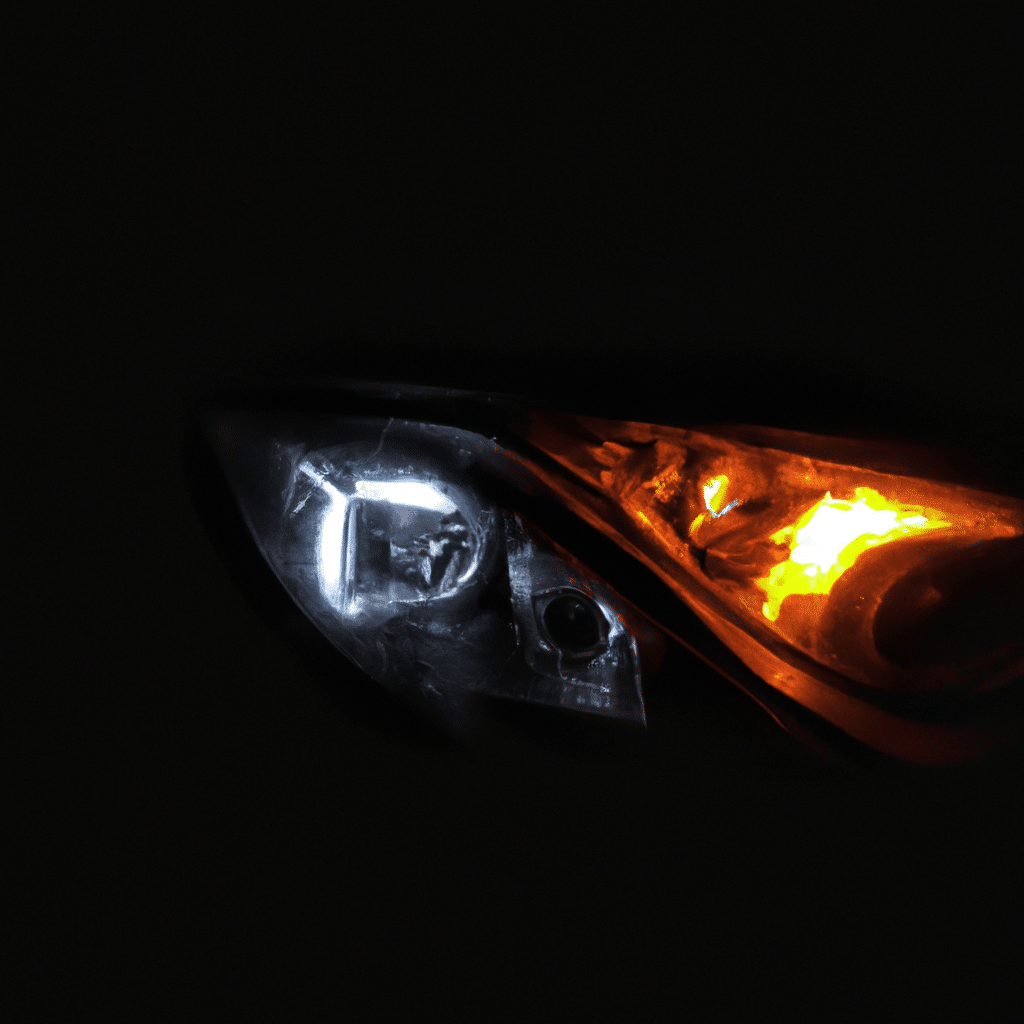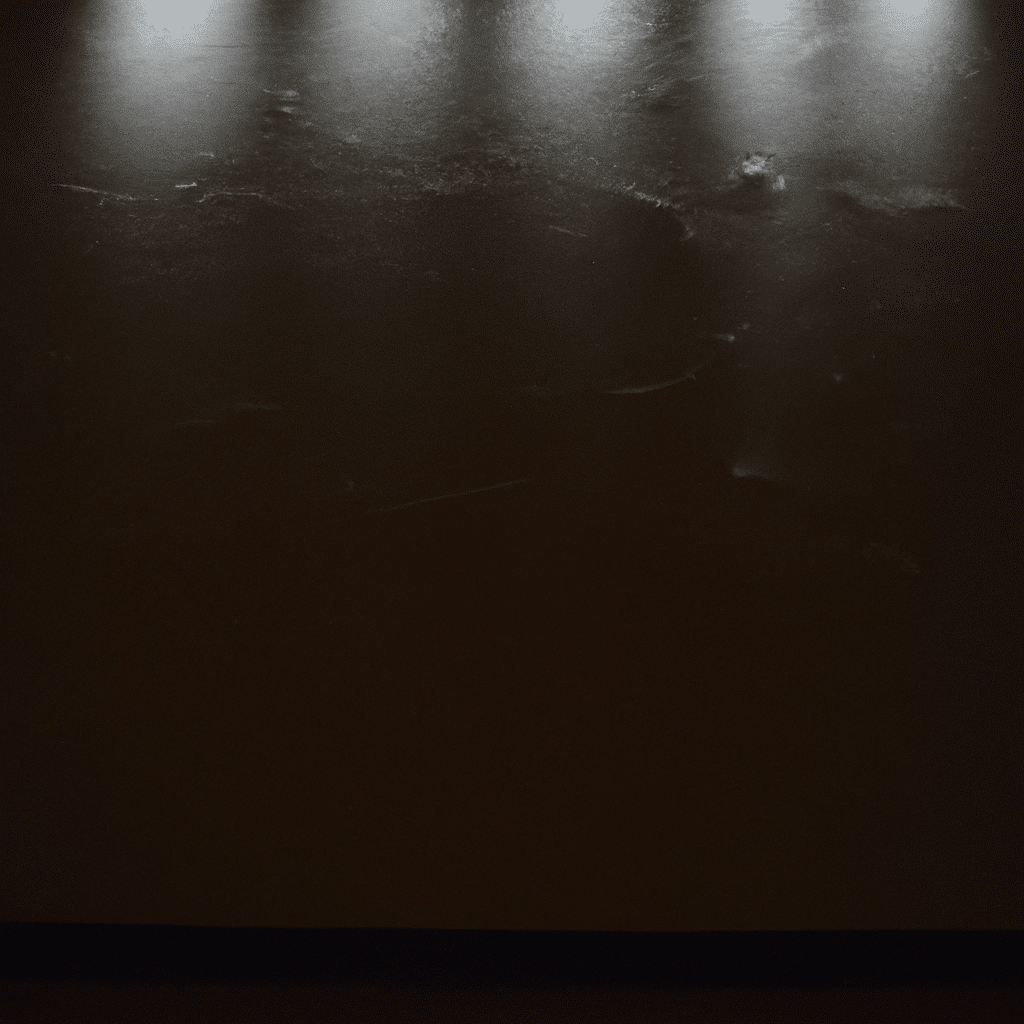
LED lighting has become increasingly popular over the past decade due to its energy efficiency and long lifespan. However, many people are unaware of the potential health risks that LED lighting can pose. In this article, we will explore the hidden dangers of LED lighting and provide you with tips on how to protect your health.
What is LED Lighting?
LED stands for Light Emitting Diode. It is a type of lighting that uses a semiconductor to convert electricity into light. LED lighting is highly energy-efficient and has a longer lifespan than traditional lighting sources such as incandescent and fluorescent bulbs. It is also commonly used in electronic devices such as smartphones and televisions.
The Hidden Dangers of LED Lighting
- Blue Light
One of the biggest health risks associated with LED lighting is exposure to blue light. Blue light is a type of high-energy visible (HEV) light that has a wavelength of between 400-490 nanometers. It is known to disrupt our circadian rhythm, which is our body’s natural sleep-wake cycle. Exposure to blue light at night can make it harder to fall asleep and lead to insomnia.
- Flicker
LED lighting can also emit flicker, which is the rapid fluctuation of light intensity. Flicker can cause headaches, eyestrain, and even seizures in some people. It is important to choose LED lighting that has a low flicker rate to minimize the risk of these health problems.
- UV Radiation
Another potential health risk associated with LED lighting is exposure to ultraviolet (UV) radiation. While most LED lights do not emit UV radiation, some low-quality LED lights can emit small amounts of UV radiation. Prolonged exposure to UV radiation can increase the risk of skin cancer.
How to Protect Your Health
- Use Warm Lighting
To reduce your exposure to blue light, choose LED lighting that emits warmer, less blue light. Look for LED bulbs with a color temperature of 2700K or lower. You can also use warm lighting in your bedroom to promote relaxation and better sleep.
- Choose Low Flicker Lighting
To minimize the risk of headaches and eyestrain, choose LED lighting with a low flicker rate. Look for bulbs that have a flicker rate of less than 30%.
- Use High-Quality LED Lighting
To avoid exposure to UV radiation, choose high-quality LED lighting that is certified by reputable organizations such as Energy Star or UL. These certifications ensure that the LED lighting has been tested for safety and quality.
Conclusion
While LED lighting is a highly efficient and long-lasting lighting source, it is important to be aware of the potential health risks associated with it. By choosing warm, low flicker, and high-quality LED lighting, you can protect your health and enjoy the benefits of LED lighting. Stay safe and be sure to make informed decisions when selecting your lighting options.



